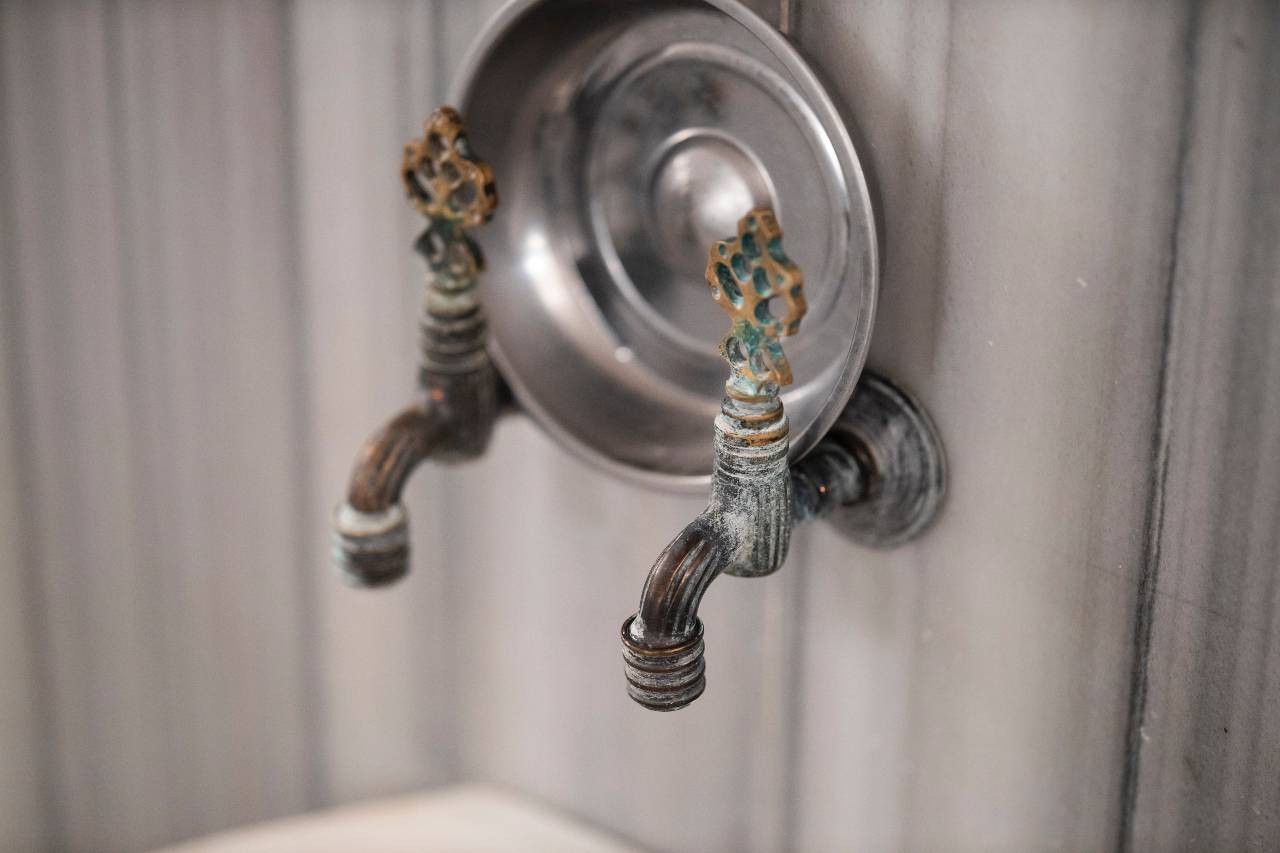Imagine wrapping yourself in a silk peştemal, breathing in the warm steam in a naturally lit room in one of Istanbul’s historical hamams, listening to the sound of water flowing from ornate fountains and echoing off marble and tile. You then lie on a warm marble stone as an attendant massages you with warm soapy bubbles, before scrubbing away the dead skin. All the while you are surrounded by elegant Ottoman architecture that takes you back to a time when sultans reigned over a vast empire.
Is it any wonder that every travel book on Turkey lists Istanbul’s historical hamams as a must-have cultural experience? Hamams were an essential part of life in the Ottoman Empire, but today many Turks rarely set foot inside one. In fact, of the approximately 150 public hamams in Istanbul during the height of the Ottoman Empire, only about 10% are still operating today.

The Turkish interpretation of public bathing is a tradition carried over and adapted from the Roman Empire’s Roman baths. During the Ottoman Empire, hamams were sometimes built nearby or attached to mosques, to aid in the Islamic practice of ablution, the act of cleaning oneself before prayer or religious rituals. These hamams were also a source of money for the mosques’ expenses and maintenance.
Mosques and hamams were the social centers of the Ottoman community. Hamams were a place people went to meet friends and catch up on the latest gossip. It is also said that mothers went there to look for potential wives for their sons. Since a visit to the hamam could take up most of the day, people brought home-made meals with them to eat and share. Sometimes the hamam was transformed into a place for events and celebrations that included music, dancing, and food. Still today, the hamam is a common place to host a henna night.
The greatest wow-factor of visiting a historical hamam comes from the very distinctive elements of architecture and design. There are usually three rooms: the dressing room, the hot room (sıcaklık), and the cool room. The hot room has a high dome, easily recognized from the outside, with small, deep windows that let in partial light. There are marble benches around the sides of the room with marble basins and ornate taps that run hot or cold water. The middle of the room boasts a large marble platform, called a göbektaşı. Traditionally, the room was heated from below; a wood burning furnace was contained beneath the floor, sending hot gases and smoke through flues in the walls and out of chimneys on the roof. Today, more modern methods of heating are used in most cases.
Men and women would always use separate parts of the hamam, the men’s entrance often being the main door, while the women used a less conspicuous side entrance. Sometimes, certain days would be designated for men, while other days were for women to use the facilities. Gender-segregated bathing remains as the preferred method today. There are a few touristic hamams that have coed bathing, but it is still a rarity.
As more people in the twentieth century had access to private, Western style bathrooms in their homes, the necessity of hamams decreased and their popularity declined. Most of the historical hamams in the city were destroyed or converted for other more practical uses. Yet at the same time, the tourism industry in Turkey was beginning to grow, and as we all know, every visitor to Turkey wants to dip into this authentic and unique experience – the ancient art of public bathing.
In recent times, the hamam culture has witnessed a resurgence in popularity among residents of Turkey. Many want to get back to their roots and keep the tradition alive. Some just want to treat themselves to a day at the spa. Most hotels and resorts in Turkey have modern hamams, coupled with spa services, where one can wash in style (after shelling out quite a few lira).
Now that you know the history of the Turkey’s hamams and bathing culture, you may be ready to get your feet wet. Check back shortly to read about how to prepare for your own experience in Istanbul’s historical hamams.
This article was originally published in July, 2013 by contributor Tyra Deckard.








